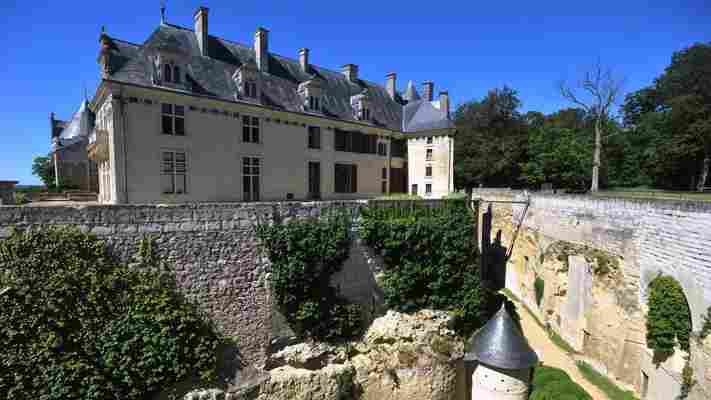With its crenellated towers, glittering ballrooms and Renaissance-style exterior, the Château de Brézé may appear to be just another opulent castle in France’s Unesco-designated Loire Valley. But if you descend below its dry moat, you’ll find that the bulk of this medieval royal residence lies hidden underground in a vast maze of hand-dug fortifications that stretches more than 3km, forming the largest subterranean estate in Europe and one of France’s first doomsday bunkers.

Dating from at least the mid-11th Century, the castle and its subsequent secret chambers were likely designed and developed by the chateau’s long line of lords as an escape against France’s many Viking raids during the Middle Ages. Over time, these limestone-hollowed tunnels expanded to encompass underground bedrooms, storage spaces, bakeries, stables, ice houses, defensive galleries and a deep sky-lit hall, forming a true castle under a castle where royalty could wait out anything from pillaging to pandemics.
Nearly 1,000 years after the tunnels were first dug, much of this underground labyrinth remains undiscovered, with only 1km accessible to the public. Ironically, we’ll never know how effective these elaborate bunkers were, because from the time they were built, the castle was never actually raided.
This video is part of BBC Reel’s Secret Worlds playlist .
Join more than three million BBC Travel fans by liking us on Facebook , or follow us on Twitter and Instagram .
If you liked this story, sign up for the weekly bbc.com features newsletter called "The Essential List". A handpicked selection of stories from BBC Future, Culture, Worklife and Travel, delivered to your inbox every Friday.
